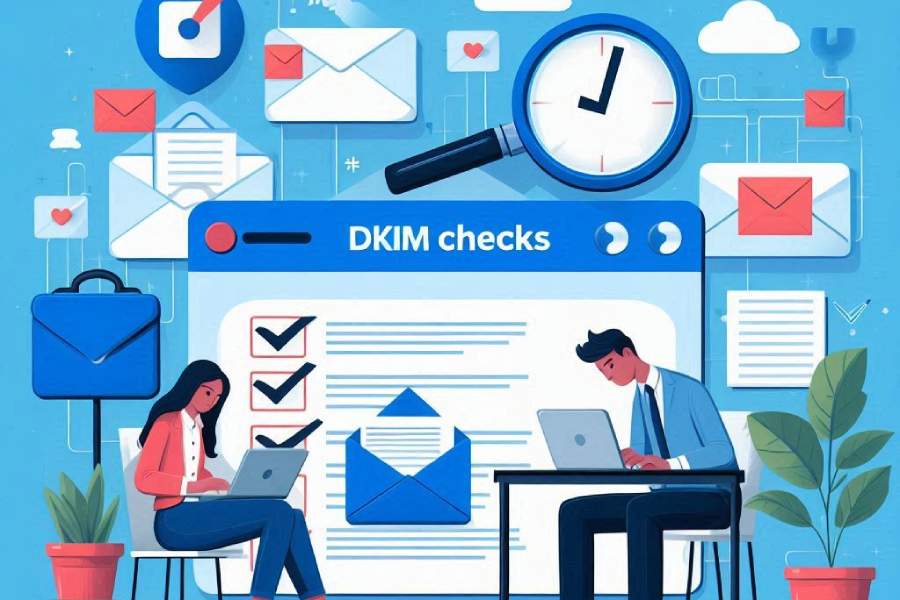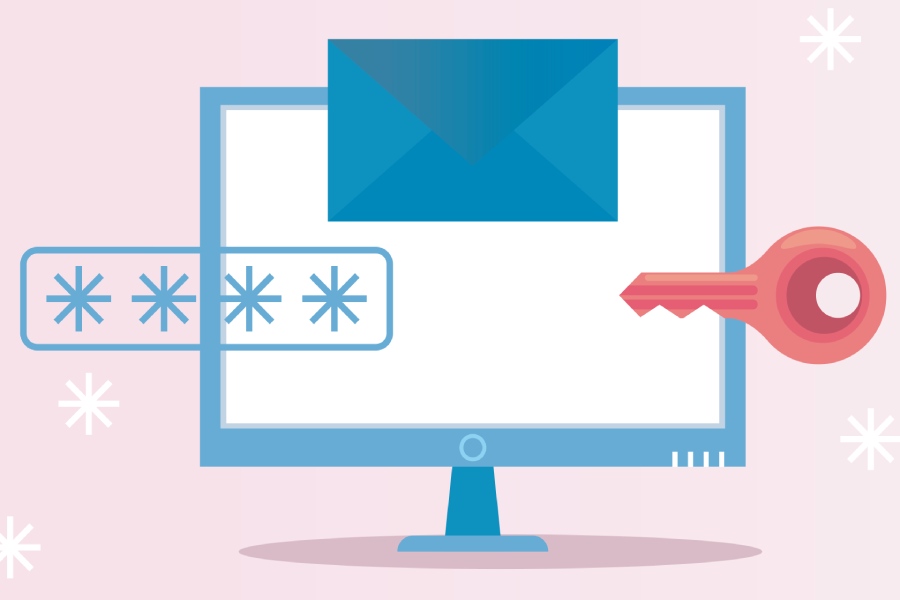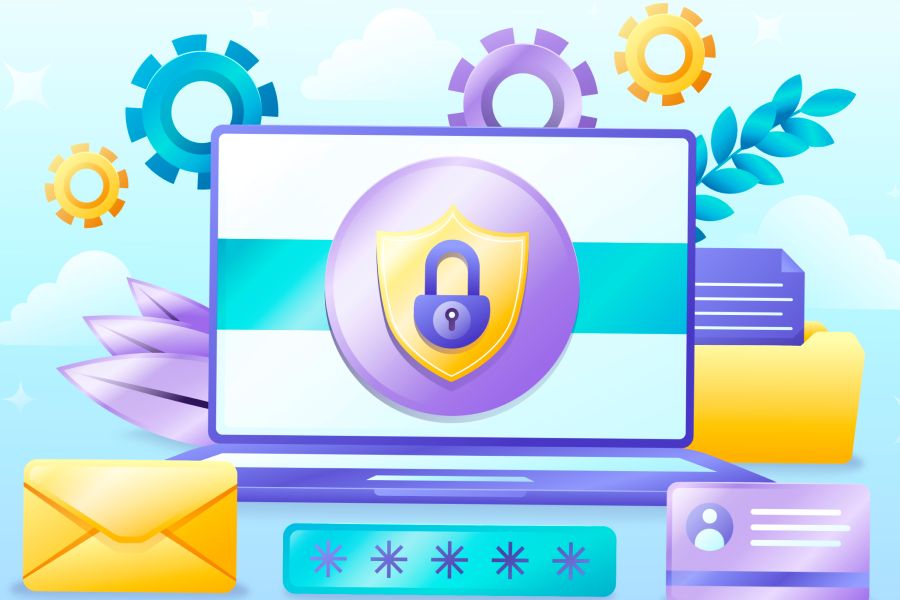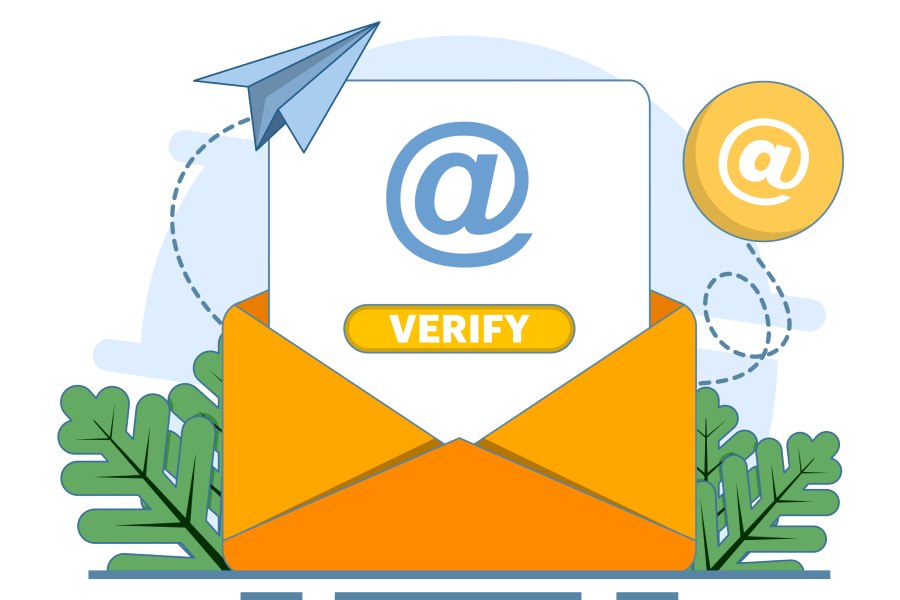
by Brad Slavin | Feb 18, 2025 | Email Security
Let’s do a quick recap of how DKIM works so that we can go further into knowing what happens to emails that don’t pass the DKIM authentication checks.
(more…)
![Massive Cyber Attack, ClickFix Deploys RAT, Hacker Group Attacks – Cybersecurity News [February 10, 2025]](https://www.duocircle.com/wp-content/uploads/2025/02/spf-validator-3271.jpg)
by Brad Slavin | Feb 17, 2025 | Announcements
Cybercriminals nowadays are getting smarter and adapting social engineering and ransomware techniques to attack their targets. This week, we’re covering a series of critical attacks that smartly leveraged the use of BotNet, affecting around 2.8 million devices. Also, we will uncover how social engineering attacks were executed to run unintended malicious PowerShell commands.
(more…)

by Brad Slavin | Feb 14, 2025 | Email Security
DKIM works using encryption techniques and digital signatures that help the sender’s server transparently sign outgoing emails so that the recipient’s server can verify if the content has been altered in transit. DKIM is highly sensitive to message modifications; even the slightest difference between the content the sender sent and the recipient received causes DKIM verification to fail.
(more…)

by Brad Slavin | Feb 13, 2025 | Email Security
If you send marketing email campaigns to your clients almost every day, you will know that email is one of the key channels to connect with your audience. But what you might not realize is that it is also the most vulnerable channel that lets cybercriminals in and leaves your entire ecosystem exposed to phishing, spoofing attacks, and data breaches.
(more…)

by Brad Slavin | Feb 11, 2025 | Email Security
The primitive version of SMTP (Simple Mail Transfer Protocol) didn’t have a feature to verify the email sender’s authenticity, leaving room for phishing and spoofing instances. Over time, emails became one of the most exploitable attack vectors. It was easier for threat actors to modify the ‘From’ field in an email to impersonate banks, governments, and well-known brands. They would send millions of potentially fraudulent emails each day, urging recipients to ‘reset their password’ or ‘verify their account,’ leading to credential theft.
(more…)
![Zip Flaw Exploited, Meta Confirms Spyware, ENGlobal Ransomware Outage – Cybersecurity News [February 03, 2025]](https://www.duocircle.com/wp-content/uploads/2025/02/spf-permerror-6464.jpg)
by Brad Slavin | Feb 10, 2025 | Announcements
Cyber threats are becoming more sophisticated with each day passing by, attacking individuals and businesses unpredictably. This week’s security news covers news pieces directly curated from authentic sources. We will discuss how a new exploit in 7-Zip allowed attackers to bypass Windows security and how Meta identified a spyware attack on 90 journalists and activists.
(more…)

by Brad Slavin | Feb 7, 2025 | DMARC
If you want your emails to reach your subscribers’ inboxes without any hassle, setting up email authentication for your authorized domain is something you can’t afford to ignore. Domain authentication enables you to send out your emails to the right inbox. It also enables you to maintain your subscriber base and grow them eventually by keeping them actively engaged.
(more…)

by Brad Slavin | Feb 5, 2025 | DMARC
DMARC is based on SPF and DKIM results. For an email to pass the DMARC checks, it has to pass at least one of the protocols and have alignment with the domain in the ‘From’ header.
(more…)

by Brad Slavin | Feb 4, 2025 | Email Security
Every organization thrives on data— whether it is your customers’ details, financial transactions, or some kind of operational records. This data not only tells you about what is going on in your organization but is also crucial to making strategic decisions or even undertaking everyday operations. So, data is essentially the backbone of your organization. But remember, this data is only valuable when it is accurate. Any discrepancy in the information can have a domino effect on basically everything that is going on in your company.
(more…)
![DeepSeek AI Cyberattacks, Health Provider Breached, Telecom Data Impact – Cybersecurity News [January 27, 2025]](https://www.duocircle.com/wp-content/uploads/2025/02/spf-record-tester-5454.jpg)
by Brad Slavin | Feb 3, 2025 | Announcements
This week we are back with recent cybersecurity news pieces that highlight an exponential surge in cybersecurity threats proving to redefine the digital realm. Ranging from a leading AI platform limiting signups after a series of targeted cyberattacks, to a healthcare data breach that exposed millions of sensitive information.
(more…)

![Massive Cyber Attack, ClickFix Deploys RAT, Hacker Group Attacks – Cybersecurity News [February 10, 2025]](https://www.duocircle.com/wp-content/uploads/2025/02/spf-validator-3271.jpg)



![Zip Flaw Exploited, Meta Confirms Spyware, ENGlobal Ransomware Outage – Cybersecurity News [February 03, 2025]](https://www.duocircle.com/wp-content/uploads/2025/02/spf-permerror-6464.jpg)



![DeepSeek AI Cyberattacks, Health Provider Breached, Telecom Data Impact – Cybersecurity News [January 27, 2025]](https://www.duocircle.com/wp-content/uploads/2025/02/spf-record-tester-5454.jpg)